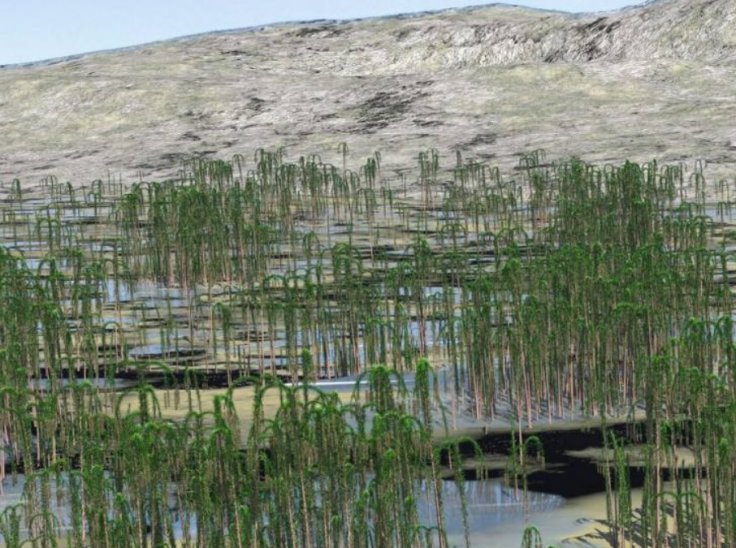
Researchers have discovered world's oldest fossilized forest in China and upon initial analysis, experts revealed that these remains are at least 419-million-years old. This newly discovered site which is 250,000 square meters could give insights to the way in which life evolved in the land from the sea.
The discovery is made near Xinhang in China's Anhui province, and the area is packed with lycopsid, a branchless tree which is very similar to the modern-day palm tree. These fossils were found in a clay mine, and fossilized trees were found in the walls of the quarries.
It should be noted that this area is one of the only three forests known to exist on the earth, with the others located in Norway and the United States.
"The large density, as well as the small size of the trees, could make Xinhang forest very similar to a sugarcane field, although the plants in Xinhang forest are distributed in patches. It might also be that the Xinhang lycopsid forest was much like the mangroves along the coast since they occur in a similar environment and play comparable ecologic roles," said Deming Wang, a co-author of the study, Newsweek reports.
Researchers also added that lycopsid trees could have grown up to 7.7 meters at their peak, a size that is much taller than a giraffe.
The research report published in the scientific journal Current Biology revealed that the new discovery could also help to learn more about the rapid drop in atmospheric carbon dioxide levels which finally resulted in the Karoo Ice Age.
A few months back, another study conducted by researchers at the University of Arkansas had discovered a group of bald cypress trees which are more than 2,000 years old in wetlands of North Carolina's Black River. Among these trees, one among them is 2624 years old, and it indicates that this tree was sprouted before the birth of Jesus Christ.









